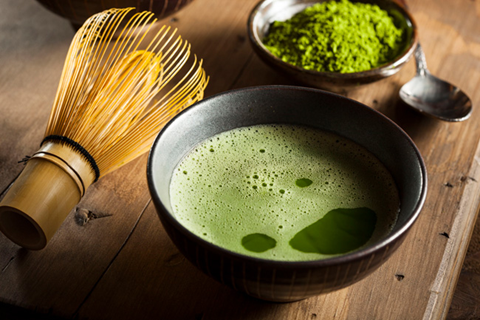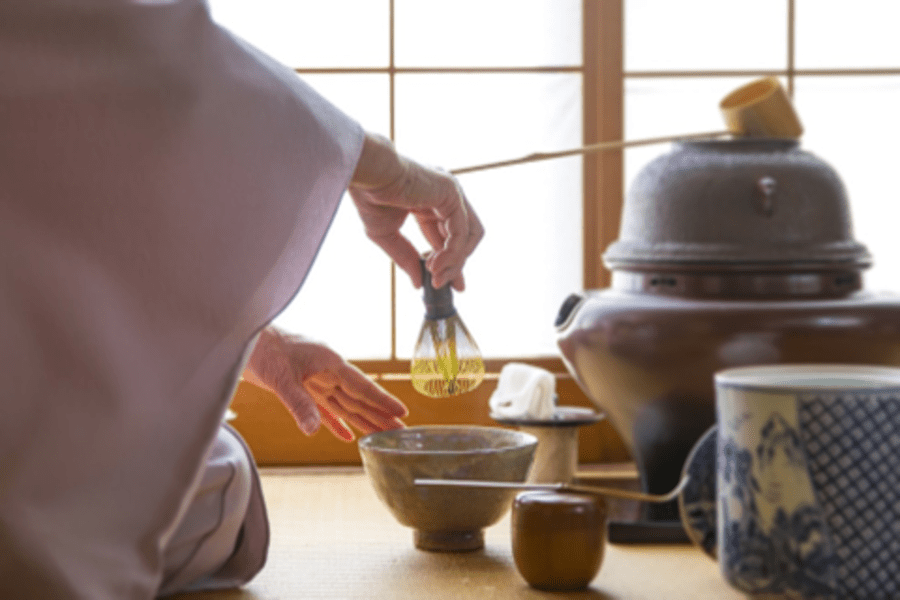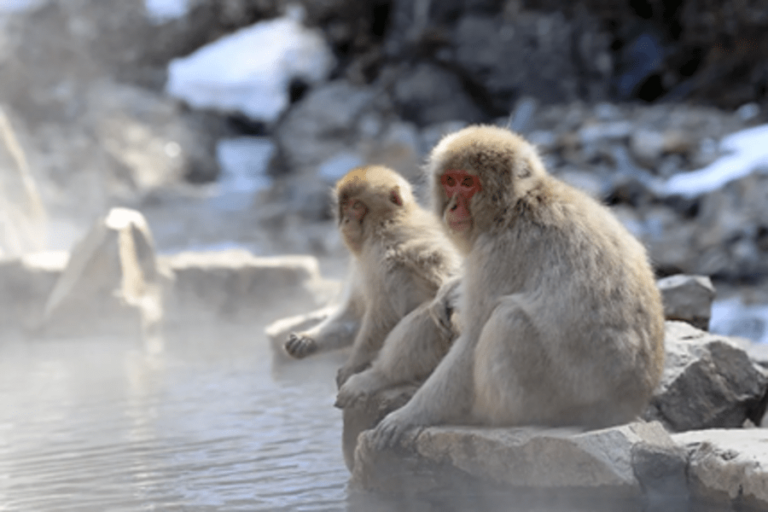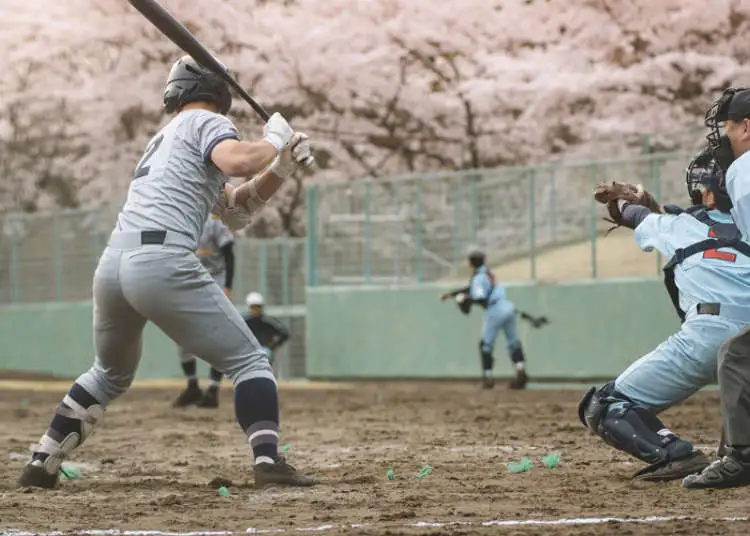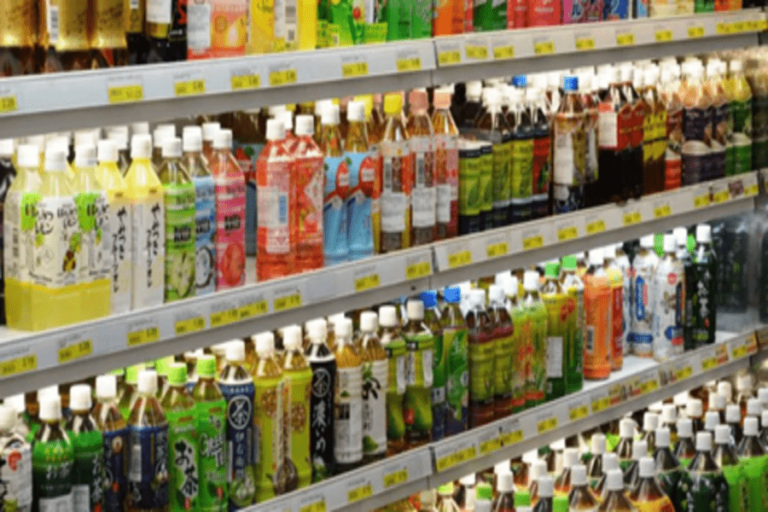In the heart of Japan’s tea culture, where tradition meets innovation, a rich tapestry of teas unfolds, offering a sensory journey that transcends the ordinary. From the tranquil landscapes of tea plantations to the intricate ceremonies that accompany each cup, Japan’s most popular teas embody a heritage that stretches back centuries. In this exploration, we delve into the world of Japanese teas, celebrating the flavors, aromas, and cultural significance that make them beloved both within Japan and around the globe.
Matcha: The Jewel of Japanese Tea:
Description:
Matcha, finely ground green tea powder, is the jewel in Japan’s tea crown. Renowned for its vibrant green color and intense umami flavor, matcha is integral to the traditional Japanese tea ceremony. Beyond the ceremony, matcha has found its way into modern culinary creations, from lattes to desserts, making it a versatile and beloved tea.
Sencha: The Everyday Green Tea:
Description:
Sencha, the most commonly consumed green tea in Japan, represents an everyday indulgence. Grown under sunlight and steamed to preserve its vibrant green color, sencha is characterized by a refreshing, grassy flavor with a subtle sweetness. Enjoyed hot or cold, sencha is a staple in Japanese households and a delightful introduction to the world of Japanese green tea.
Genmaicha: The Popcorn Tea:
Description:
Genmaicha, often referred to as “popcorn tea,” is a unique blend of sencha or bancha green tea and roasted brown rice. The combination yields a toasty, nutty flavor with a mild, grassy undertone. The popped rice adds a delightful crunch, creating a tea that is comforting and distinctive.
Hojicha: The Roasted Elegance:
Description:
Hojicha stands out with its roasted aroma and reddish-brown hue. Made by roasting bancha or sencha leaves, hojicha offers a mild, smoky flavor with a low caffeine content. Often enjoyed in the evening, this tea brings a sense of warmth and comfort to the palate.
Gyokuro: The Jewel Dewdrop Tea:
Description:
Gyokuro, often referred to as the “jewel dewdrop tea,” is a shade-grown green tea renowned for its delicate sweetness and richness. The leaves are covered for several weeks before harvest, enhancing the chlorophyll content and resulting in a tea with a deep green color and a nuanced, sweet flavor profile.
Kukicha: The Twig Tea:
Description:
Kukicha, also known as twig tea or bōcha, is made from a blend of tea leaves and stems. Its unique composition imparts a mild, slightly nutty flavor with a touch of sweetness. Kukicha is prized for its low caffeine content and is often enjoyed as a soothing beverage.
Bancha: The Commoner’s Tea:
Description:
Bancha, known as the “commoner’s tea,” is made from the leaves harvested later in the growing season. With a coarser texture and a less refined flavor compared to sencha, bancha is characterized by a robust, earthy taste. It is a popular everyday tea that reflects the simplicity of Japanese tea culture.
Mugicha: The Barley Tea Refreshment:
Description:
Mugicha, or barley tea, is a popular cold beverage in Japan, especially during the warmer months. Made by steeping roasted barley grains, mugicha is caffeine-free and boasts a toasty flavor. It is often served over ice and is known for its refreshing qualities.
Conclusion: A Cup of Japan’s Soul
Japanese teas are not just beverages; they are reflections of a deep cultural connection to nature, mindfulness, and the pursuit of balance. Whether sipping matcha during a traditional tea ceremony, enjoying the everyday elegance of sencha, or embracing the comforting notes of genmaicha, each cup tells a story of tradition, craftsmanship, and the artistry of Japanese tea culture. As you embark on a journey through Japan’s most popular teas, may each sip be a moment of serenity, a connection to nature, and an appreciation for the centuries-old rituals that make Japanese tea a treasure for the senses. Kanpai!
